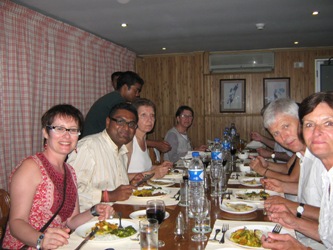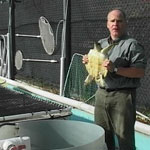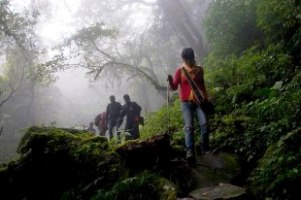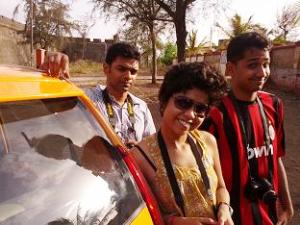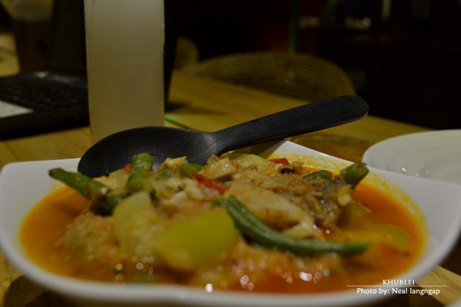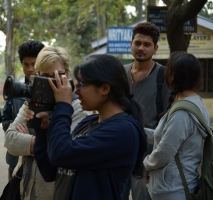George Bernard Shaw has rightly pointed out that there is no love sincerer than the love of food. Fiona Michelle and her friend Doughlas of Austria was bold saying that her first motivation to come to India over and over again is their love and craze for food specially the blend of spicy and non spicy food that Indians prepare delicately. She came to India first in 1980’s to visit the common tourist route i.e. the Golden Triangle (Delhi, Agra & Jaipur) and she fell in love with yummy Indian food. Then she came to Assam and Nagaland first in 2009 and decided to keep coming, why, simply because, apart from amazing wildlife and nature of the North Eastern states, it has some amazing cuisines; specially for their unending fascination for bahar gajar lagat gahari, joha sawolar bhat, & haj pani that is very much different from the other parts of the subcontinent.
Culinary tourism or food tourism is experiencing the food of the country, region or area, and is now considered a vital component of the tourism industry and plays a very important role in shaping tourism of any region. Culinary or food tourism is defined by the World Food Travel Association (WFTA) as the pursuit of unique and memorable eating and drinking experiences. Culinary Tourism, the term was used for food tourism till 2012 can increase and at the same time decrease the influx of tourists depending on the purity and the authenticity of the regional delicacies served to the tourists. North East India is not an exception in this case. I am associated with travel trade for last eight years now and being a foodie myself, I had felt by now that food simply matters to make a tourist happy or unhappy with his or her visit to any tourist destination. There are many widely viewed cookery shows in couple of TV channels in India anchored and demonstrated by some celebrated chefs of all over the world like Sanjay Kapoor, Gordon Ramsay etc. This sort of shows also attracts tourists as well.
It was March 2014, I was leading a group of 15 tourists from UK, Australia and Canada in a 10 days trip in different parts of North East. It took me just a day to understand that more than half of the group are food lovers and they wanted to taste almost every dish typical of Assam and North East. They did their serious food home work before coming to Assam and they handed over a list of cuisines they wanted to taste in North East. Cheryl Copper of Melbourne, Australia teased me saying, “My dear friend Udit, you being our tour leader you better manage the food of our choice...or we will bar be queue you, here I go with our list of priorities.” The list was a great shock to me as it literally included almost all the traditional Assamese, Naga, Khasi and many other dishes, some of which even me have not tasted before. I am really thankful to Jupuri Ghar, one of the nicely located jungle lodge of Kaziranga National Park, Rajib Barooah of Haroocharai Tea Estate, river cruise vessel Charaidew staff, Gam’s delicacy ,Guwahati and the Mishing villagers of Majuli who helped me to serve them better to satisfy their love for food. Some of the items were like sungat diya mas aru gahari (pork & fish roasted in bamboo sieve), masar sarsari( fish prepared with onion, garlic & mustard paste), lushi bhaji (fried bread with vegetables), kharr (alkali), mas tenga(mild sour fish curry), mati mah outenga(split black pulse with elephant apple),hah, murgi,gaharir lagat gaj tenga (duck, chicken or pork with fermented tender bamboo shoots) and many more.
Haridhar Payeng of Majuli got very excited when we went to visit their splendid Mishing village on the bank of the river Brahmaputra. The visit was definitely for food hunting and it was a successful one. Sylvia, an energetic Canadian lady was keen to see the process of making traditional rice beer and wine. So, Payeng was kind enough to take us to his home and all were thrilled observing the preparation of sai mad and Haj pani and ended up enjoying a glass full of it with spit roasted fish. The monks of Uttar Kamalabari & Auniati Satra (monastery) was no less in their hospitality. Dennis & Gillian Butcher of England who were sort of Godfather of the group was mesmerized with the sumptuous jalpan (breakfast) we all had with the monks consisting of kumal sawul (soft rice) with yogurt & molasses, akhoiguri, sunga pitha (rice cakes prepared inside fresh bamboo culm) and payakh (rice boiled with thickened milk) all served in bell metal utensils and concluded with tamul paan (betel nut and leaf). The enthusiasm for food was not over yet. The menu was very much different in Shillong and Kohima. It had minil songa (steamed sticky rice),momo dumplings, pickled bamboo shoots,exotic pork meats cooked with hot bhut jolokia pepper, fermented bamboo shoots and soya beans, apong and many more. The dishes were prepared in the clay oven and served with the smoked flavour.
It is really a matter of pride for us that foreign tourists love and adore our cuisines so much and spreads its aroma globally. So, a systematic form of food tourism by organizing frequent food festivals, seminars and specially designed food itineraries can obviously help to promote tourism in North East with a difference.

